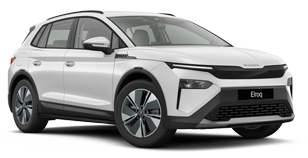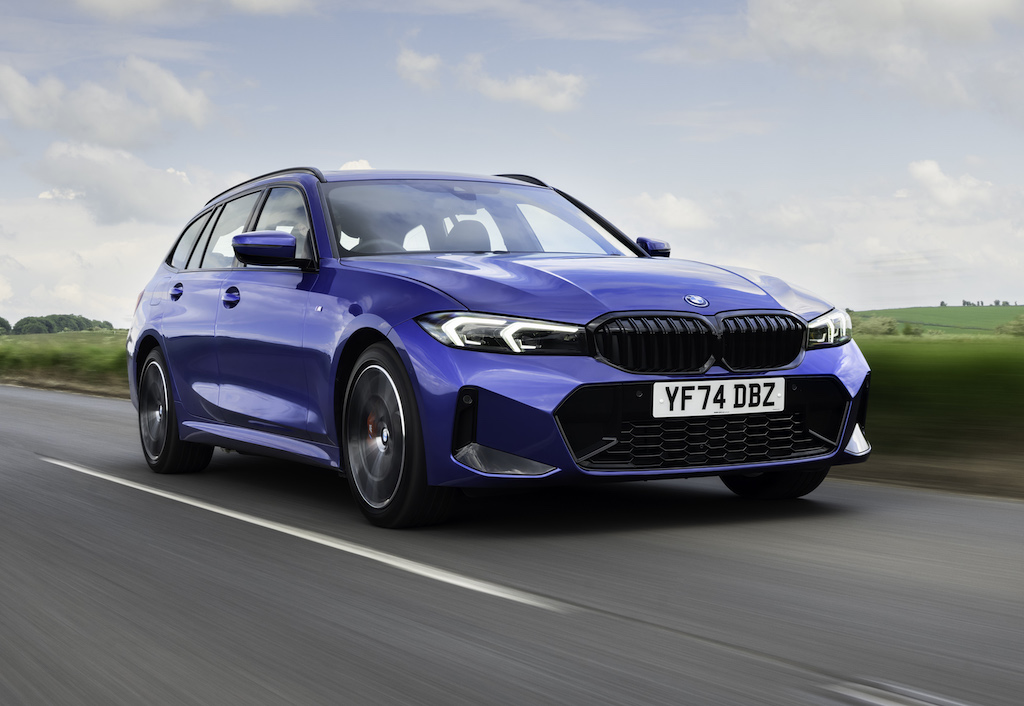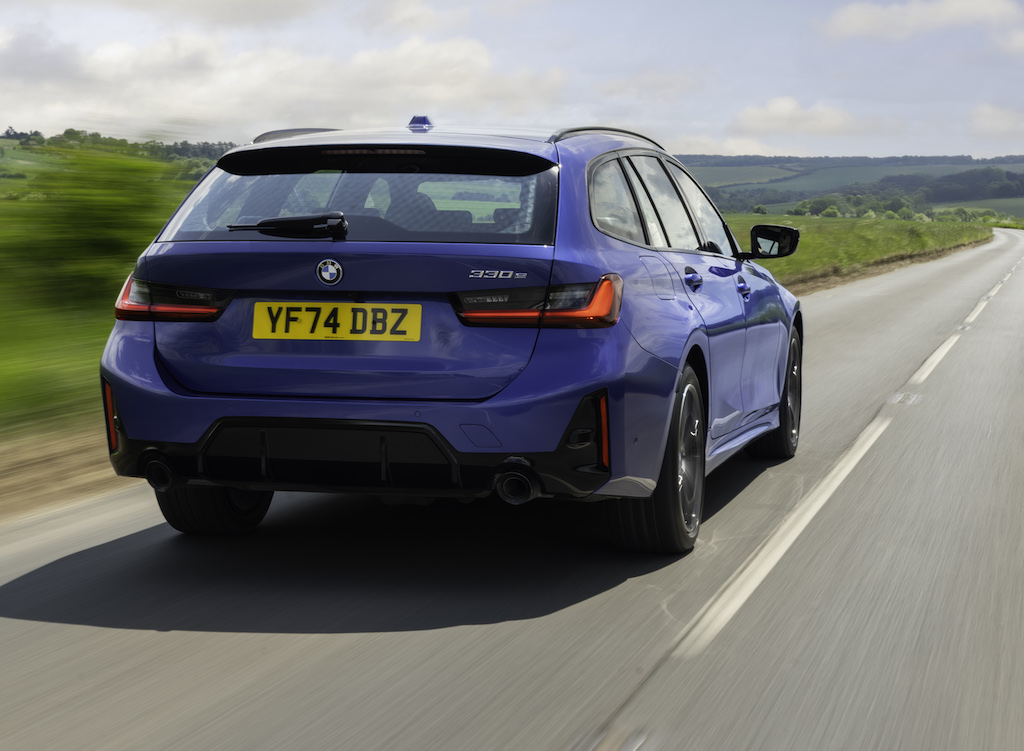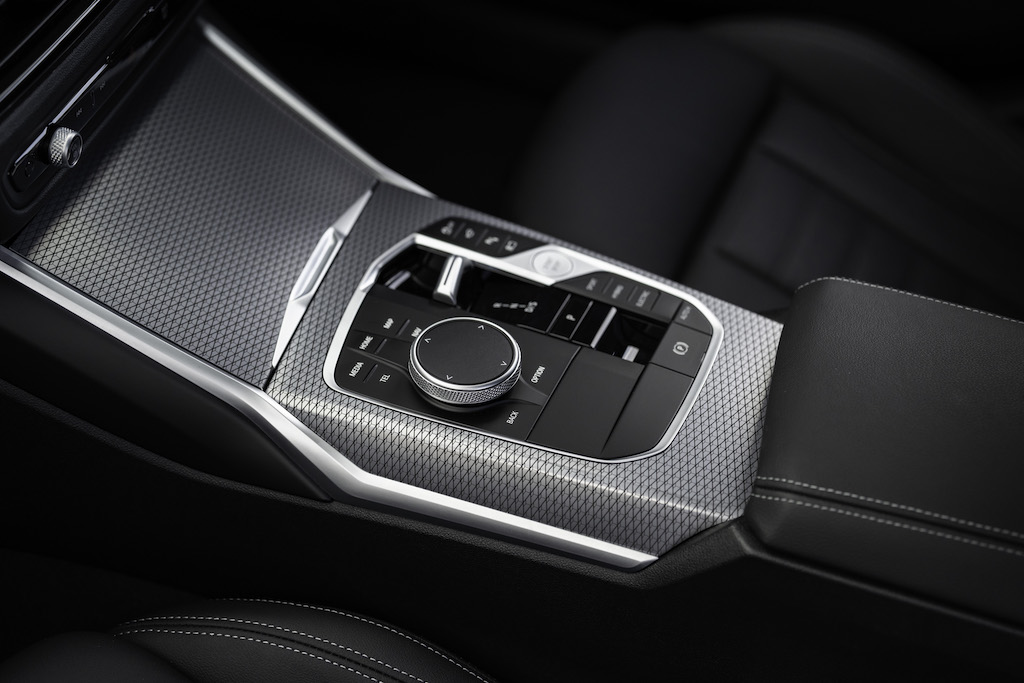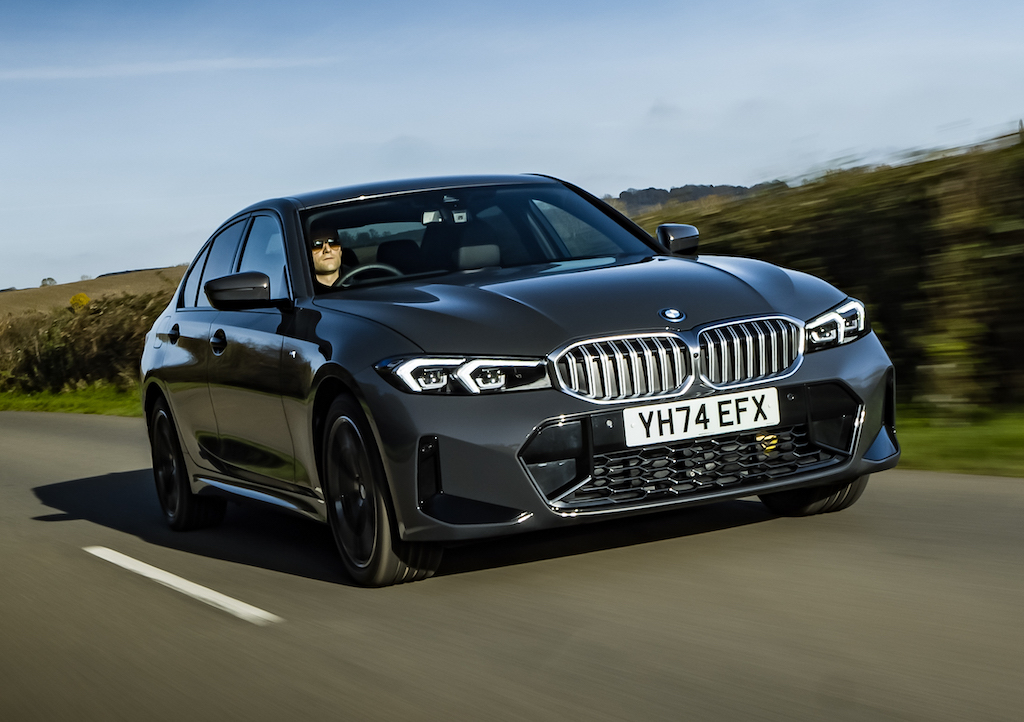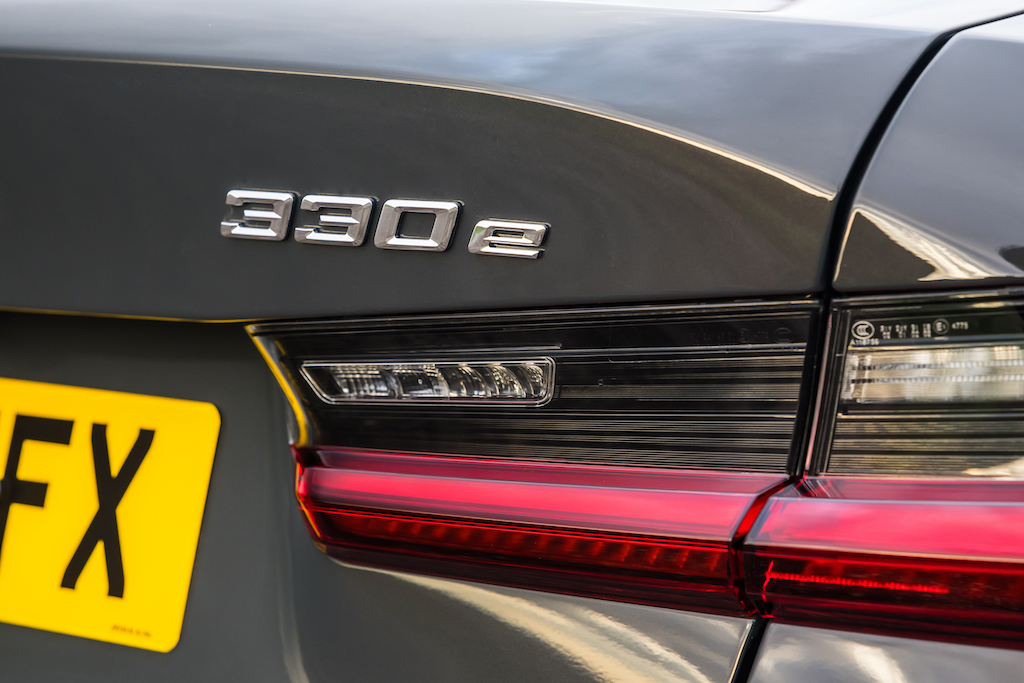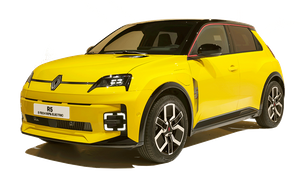Introduction and Model History
The BMW 330e is the plug-in hybrid (PHEV) variant of the ever-popular BMW 3-Series, which has been the default compact executive car for many drivers over the decades.
This new ‘G20’ BMW 3-Series has been around since 2019, and a 2024 update brought big improvements, especially to the plug-in hybrid BMW 330e. The 12kWh battery is gone, and there now a new 19.5kWh battery that offers official electric range of up to 63 miles in the saloon, or 60 miles in the estate-bodied BMW 330e Touring.
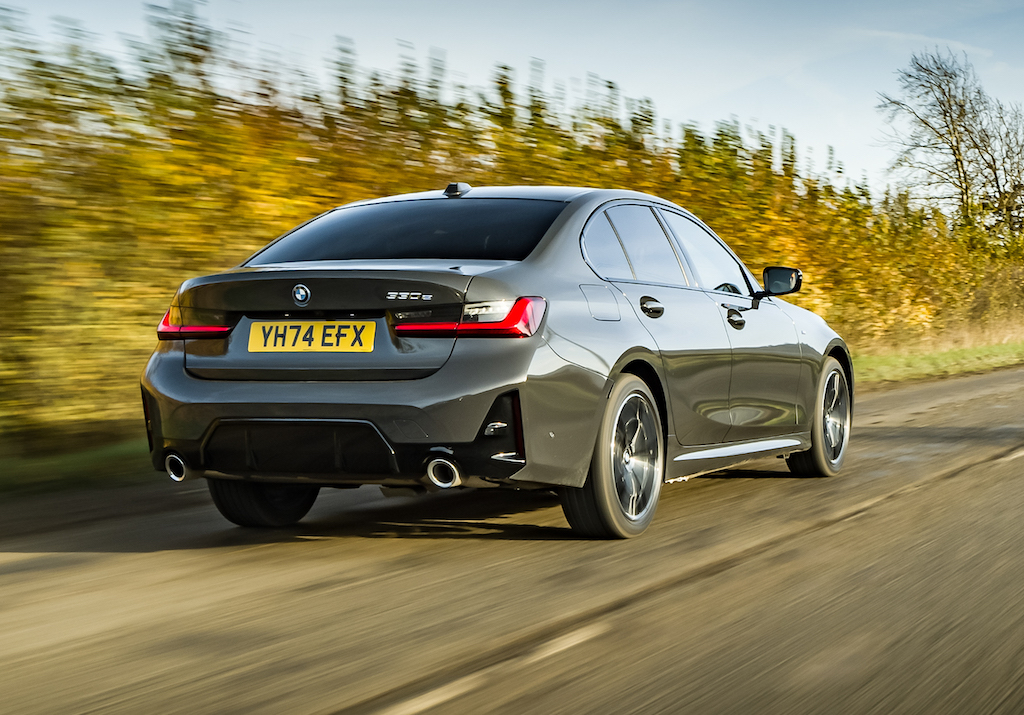
That much extended electric range now means that the 330e is far more competitive with rivals like the Mercedes C-Class and Audi A5 when it comes to company car tax. Sure, the Merc goes a bit further and sneaks one band lower than the BMW, but the BMW is now very competitive in terms of its efficiency and running costs for both business and retail buyers.
Check out the used BMWs for sale on Electrifying.com
Then there’s always that 2.0-litre turbochared petrol engine which, together with the electric motor, sends 289bhp to the rear wheels and makes the BWM 330e the best driver’s car in this class despite some stiff competition.
Range, Battery and Charging
The BMW 330e gets a lithium-ion NMC battery with a 19.5kWh usable capacity (22.3kWh total). That’s good for a range of up to 63 miles in the BMW 330e saloon, or 60 miles in the BMW 330e Touring, and you’ll lose a bit more of that potential range if you go for the M Sport trim or bigger, optional wheels. That’s on a par with the Audi A5 plug-in hybrid, although the Mercedes C-Class does a little better with a range of up to 71 miles.
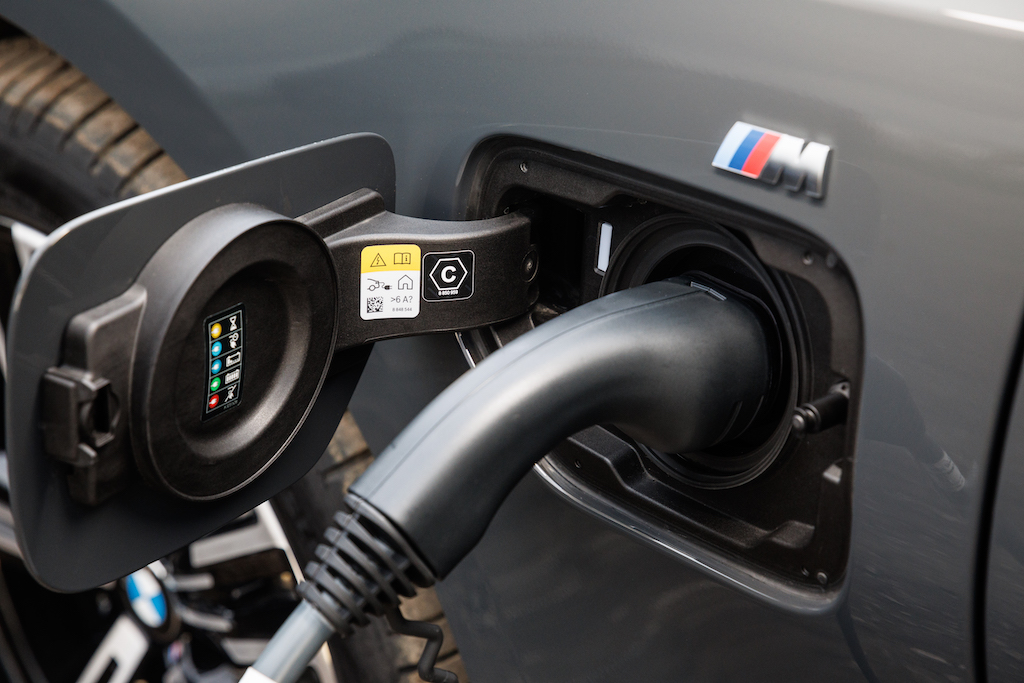
Charging speeds peak at 11kW, which will be useful for making the most of kerbside chargers and those faster AC chargers often located in industrial estates and office complexes. However, it’s still not terribly fast so it’ll take 2.5 hours or so for a full battery charge. A 7kW home charger will deliver a full battery in more like 3.5 hours.
Less ideal is the battery warranty, which extends for six years and 60,000 miles. That’s substantially less than the eight year, 100,000 mile coverage that most rivals offer.
Practicality and Boot Space
You probably don’t consider practicality a priority if you’re looking at a 3-Series saloon, but the 330e will certainly do the job for most business users and small families. There’s a good amount of rear passenger space, and the driving position is very comfortable – even if it’s a shame that you have to pay extra for lumbar adjustment, though.
The 390-litre boot (410 litres in the 330e Touring) has a variable-height boot floor that leaves a shallow underfloor space which is just big enough to stow the cable securely. You do lose 90 litres of boot space to the battery that’s hidden beneath the floor, though, so it’s worth remembering that the standard petrol 320i has a bigger boot space if that’s a priority.
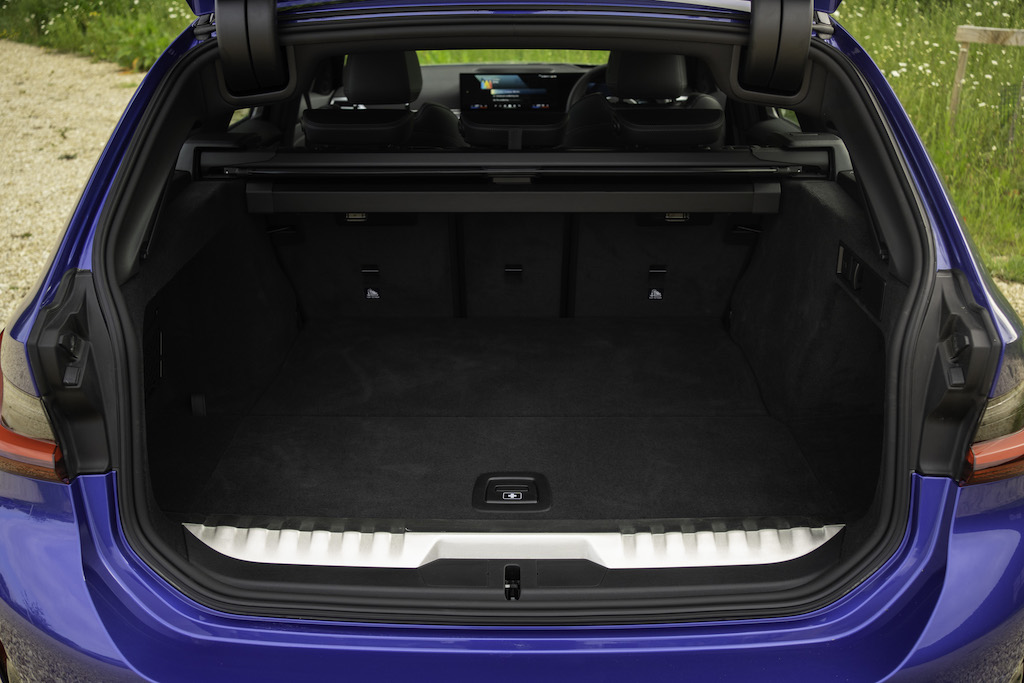
I absolutely love the BMW 3-Series Touring’s rear window trick, too. You can press a button hidden on the rear wiper, and the glass area pops open so that you can access the stuff in your boot, or chuck an item in there, without opening the whole tailgate. Sounds unnecessary, but I bet you anything that you’d use it loads if you lived with it; I know that I certainly do, having owned a 3 Series Touring myself many years ago!
If you do need maximum carrying capacity but still want the electric running, you should consider less premium, bigger plug-in hybrid estate alternatives – especially the fantastic Skoda Superb iV or VW Passat GTE, which cost less than the BMW but ARE usefully bigger and have a similar electric range to the 330e.
Interior, Design/Styling and Technology
The big news with the 2024 facelift of the BMW 3 Series is the addition of the huge, curved screen that sits on top of the dash. The central part of it is the touchscreen, with your built-in nav, media function and wireless Apple CarPlay and Android Auto. Unlike most other cars today, the BMW 3 Series has kept its rotary controller and physical shortcut buttons that help you to hop between the iDrive functions more easily when you’re driving.
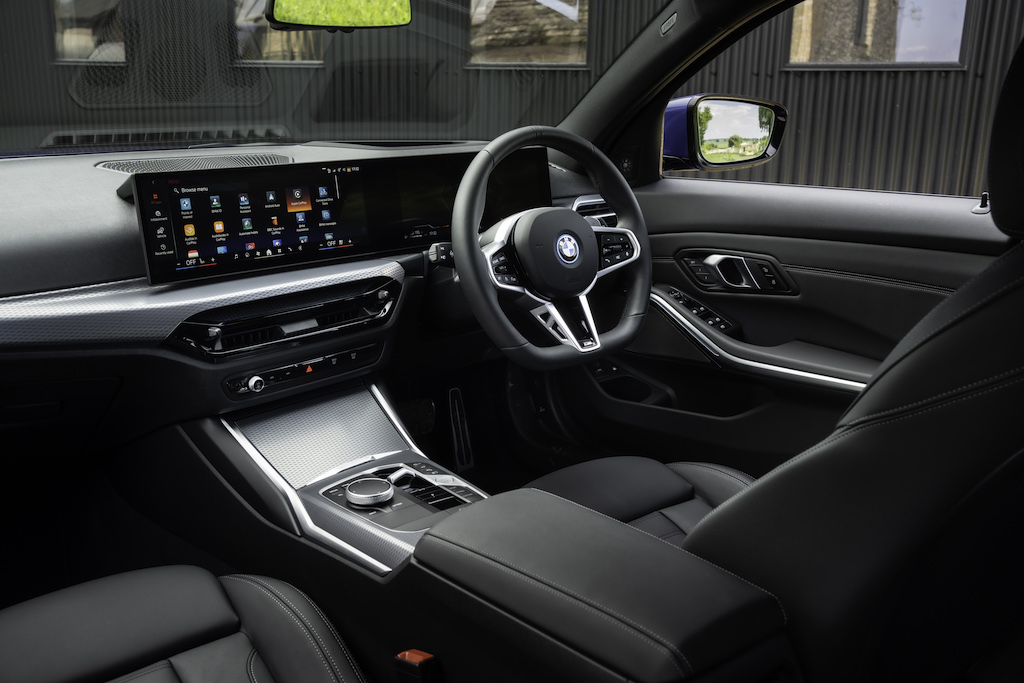
The other screen – which is all built into the same housing so that it looks seriously slick – is the driver’s readout. There’s also a colour head-up display available as an option.
Our BMW 330e M Sport test car had black leather finish and did feel a bit dark inside, but it’s still a really premium-feeling interior that feels nicely built and appropriately posh for a BMW. I do prefer Volvo’s slightly airier, more chic materials, but the BMW’s interior is still one of the best in this class.
Equipment is adequate on the entry-level BMW 330e Sport, with LED lights, three-zone climate control, alloy wheels and front- and rear-parking sensors. M Sport adds mostly style upgrades, including bigger wheels, M Sport badging and more, but you’ll still likely want to add quite a few options to the 3 Series. Adaptive cruise control, keyless entry, electric lumbar support, panoramic glass roof and Harman/Kardon sound system will all be popular options.
Motors, Performance and Handling
In electric-only mode the 330e does feel a bit neutered, with muted throttle response to keep you from waking the 2.0-litre, four cylinder turbocharged petrol engine. Basically, it doesn’t feel terribly fast in EV mode, but it’s still fast enough to feel confident even up to motorway speeds.
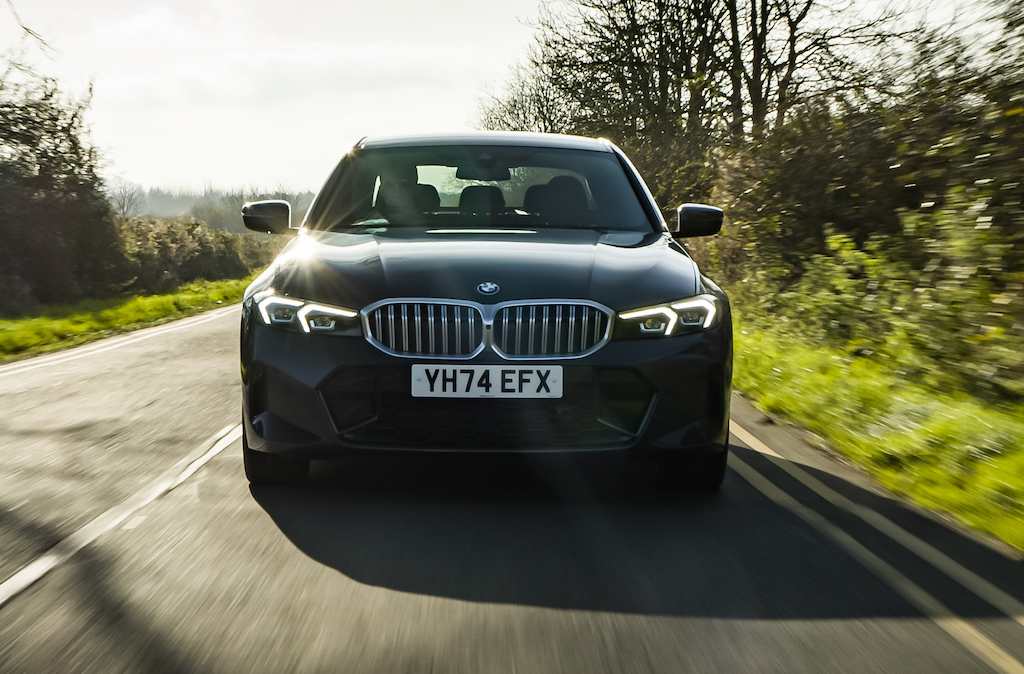
When you’ve got it in standard Hybrid mode, the powertrain shuffles between electric- and petrol power smoothly. You’ll notice the thrum of the petrol engine when it kicks in but it’s only a background noise and is easy to ignore, and the eight-speed automatic gearbox blurs shifts nicely and keeps everything feeling smooth.
As you’d expect of a 3-Series, you can also stick it in Sport mode – or even Boost mode for maximum power from both the electric- and petrol motor at once – and it feels punchy and really balanced. In this mode you’re getting the full 289bhp (107bhp of which comes from the electric motor), all of which goes to the rear wheels.
I will add a caveat that our 330e M Sport test car came on standard, 18-inch alloy wheels and optional adaptive dampers, but the 330e balances ride- and handling brilliantly. It cushions the road surface nicely but keeps its body in check through corners, and the steering feels keyed in and tactile. It’s really lovely to drive; poised and fun, yet also grown up and controlled. It really is a driver’s car if you want it to be, despite the extra weight of that battery. I haven’t tried it without the ‘M Adaptive Suspension’ so can’t really comment on how much of a difference it makes, but at £450 it’s reasonably priced and I’d say is a worthwhile additional cost.
Running Costs and Pricing
The BMW 330e is competitively priced, although it is annoying that you have to add quite a lot of options to get the level of equipment that most will want. More importantly for most people looking at the 330e, it’s got that low company car tax band and decent electric range. The Merc C300e will go a bit further, and falls into a lower tax band, so make sure that you do your maths if you’re keen on keeping your Benefit in Kind tax costs right down.
Verdict
The BMW 330e is a brilliantly accomplished executive car that’s fun to drive, easy to live with, full of tech goodness and has a really lovely premium lustre that helps to justify the price. It is a tough call over the Mercedes with its longer range, but the BMW is a finer handling car and has a more user friendly infotainment. Make mine a 330e Touring with the adaptive dampers, pano roof, electric lumbar adjustment and Portimao Blue paint. Thanks very much.





